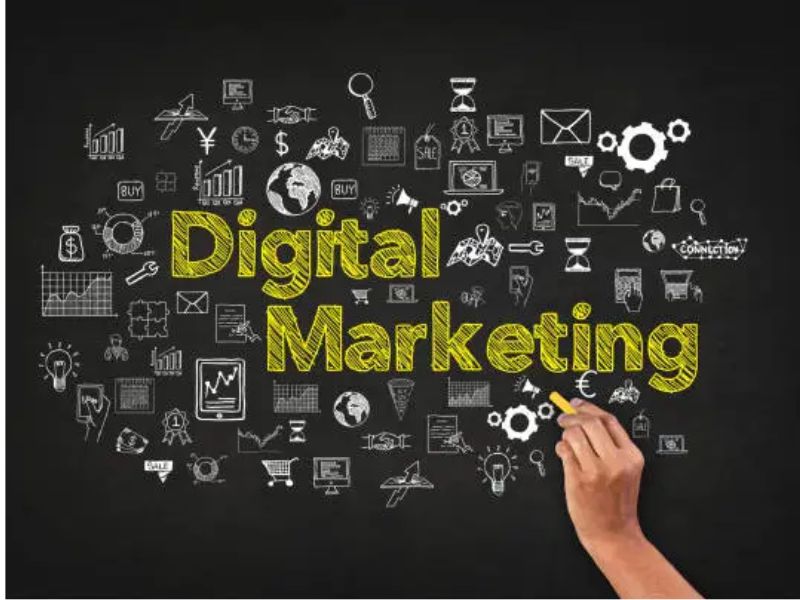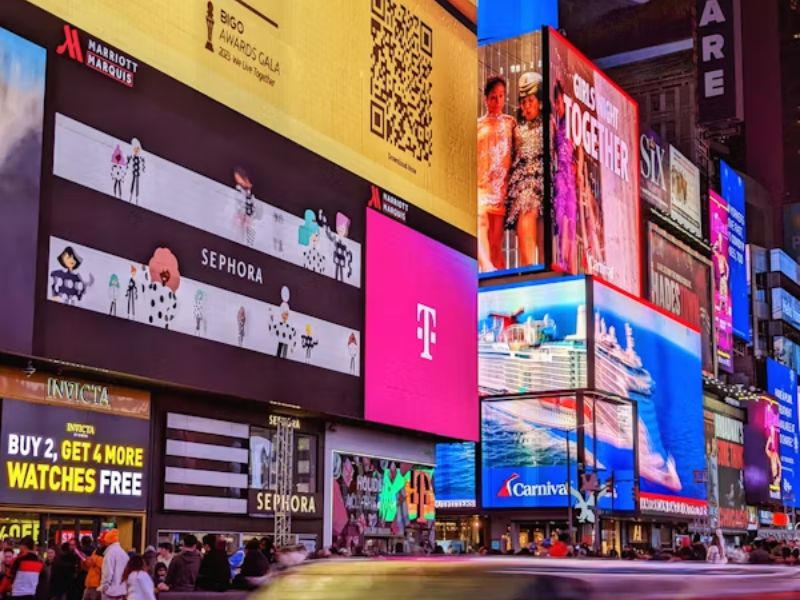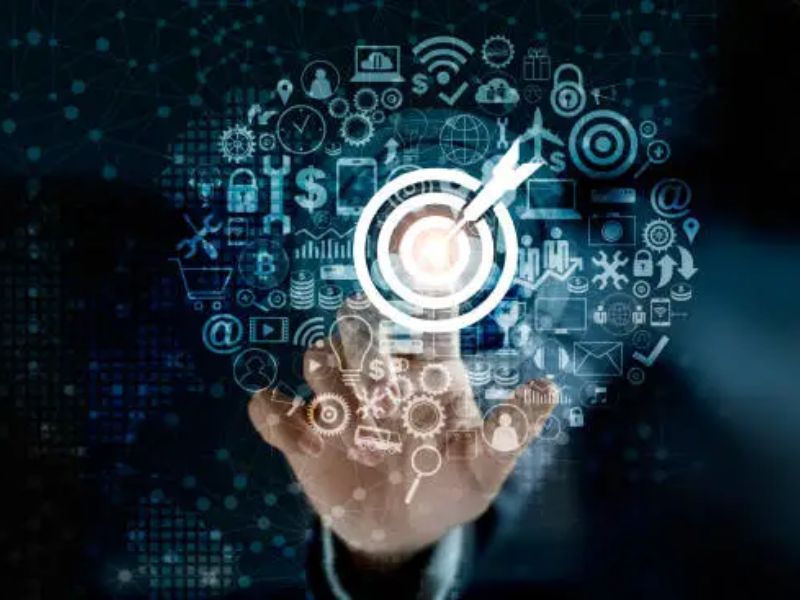The Digital Shift: Why Your Brand Can’t Afford to Ignore 2025’s Trends

Imagine scrolling through your social media feed and seeing an ad so tailored to your interests that it feels like it was handpicked just for you. Now, imagine that ad seamlessly guiding you from discovery to purchase without ever leaving the platform. This isn’t just a marketer’s dream—it’s the reality of digital marketing advertising in 2025. As technology evolves at breakneck speed, brands are leveraging AI, hyper-personalization, and omnichannel strategies to connect with consumers in ways that were once the stuff of science fiction. But with great power comes great responsibility: today’s consumers demand authenticity, privacy, and value-driven experiences. In this deep dive, we’ll explore the trends, strategies, and ethical considerations shaping the future of digital advertising and how your brand can stay ahead of the curve.
The Evolution of Digital Marketing Advertising
Digital marketing advertising has come a long way from the static banner ads of the 1990s. Today, it’s a dynamic, multi-faceted ecosystem where creativity meets cutting-edge technology. The shift from broad, demographic-based targeting to hyper-personalized, AI-driven campaigns has transformed how brands engage with their audiences. In 2025, advertising isn’t just about selling—it’s about building relationships, solving problems, and creating immersive experiences that resonate on a personal level 115.
From Traditional to Digital: A Paradigm Shift
The decline of traditional advertising channels like TV and print has accelerated. Only 49% of consumers still have cable or satellite TV subscriptions, down from 63% just three years ago. Why? Because streaming services, social media, and gaming now dominate entertainment time, claiming six hours of the average consumer’s day 2. This fragmentation means brands must meet audiences where they are—whether that’s on TikTok, YouTube, or immersive virtual environments.

Key Trends Shaping Digital Marketing Advertising in 2025
1. Hyper-Personalization and AI-Driven Advertising
Gone are the days of generic mass messaging. 75% of consumers are more likely to purchase from brands that deliver personalized content, and AI is making this possible at scale 1. By leveraging first-party data and machine learning, brands can now create real-time customized experiences—from dynamic email content to AI-generated video ads that address users by name 17. For example, AI tools can analyze customer conversations to generate personalized recommendations, turning insights into actionable strategies 17.
Why it matters: Personalization isn’t just a nice-to-have; it’s a strategic asset that drives enterprise growth. Brands that excel in personalization are more likely to exceed revenue goals by 48% 1.
2. The Rise of Omnichannel Experiences
Consumers fluidly move between physical and digital worlds, and they expect brands to do the same. Omnichannel integration—stitching together journeys across channels—is now critical for success. For instance, UNIQLO’s “Uncover” campaign blended digital billboards with in-store experiences, encouraging users to scan codes for discounts. The result? 1.3 million video views and 25,000 newsletter subscribers 7.
Pro Tip: Use data to map customer touchpoints and ensure consistent messaging across platforms. This creates a unified brand experience that builds trust and loyalty 1.
3. Social Commerce and Creator Partnerships
Social platforms are no longer just for engagement—they’re powerful sales channels. By 2025, social commerce is projected to exceed $1 trillion 15. Platforms like TikTok and Instagram are integrating seamless shopping features, while creators are becoming key brand advocates. In fact, the creator economy is estimated to be a $250 billion industry in 2024, with campaigns like CeraVe’s Michael Cera conspiracy theory leveraging influencers to generate over 32 billion earned impressions 710.
How to leverage this: Collaborate with creators who align with your brand values. Their authentic voices can build trust and drive conversions more effectively than traditional ads 10.
4. Voice and Visual Search Optimization
Voice search is revolutionizing how users interact with brands. With over 1 billion monthly voice searches and 41% of U.S. adults using voice daily, optimizing for conversational queries is essential 15. Similarly, visual search—powered by tools like Google Lens—processes 10 billion monthly queries, allowing users to search using images rather than text 15.
Actionable Insight: Structure content to answer natural language questions and use high-quality images with descriptive metadata to capture visual search traffic 15.
5. Ethical and Privacy-Centric Advertising
Consumers are increasingly wary of data misuse. 43% of consumers don’t trust AI-generated ads, and privacy regulations are tightening globally 10. Brands that prioritize transparency and ethical data practices will win trust. For example, leveraging first-party data not only complies with privacy laws but also fosters loyalty by making customers feel understood and valued 1.
Key Takeaway: Turn privacy into an opportunity by building trust through clear data policies and authentic communication 1.

Strategies for Success in Digital Marketing Advertising
1. Leverage AI for Creativity and Efficiency
AI is no longer just for automation—it’s a creative partner. From generating personalized content to optimizing ad spend, AI tools can enhance every aspect of advertising. However, balance is crucial. Human-created content still outperforms purely AI-generated material, so use AI to augment—not replace—human creativity 15.
2. Invest in Video and Interactive Content
Video dominates digital advertising, with 62% of search results including video carousels and 16% featuring images 15. Live streaming, shoppable videos, and interactive ads capture attention in a crowded landscape. For example, Sephora’s app uses AR to let users virtually try on products, merging online and in-store experiences 7.
3. Focus on Data-Driven Insights
Data is the backbone of effective advertising. Use analytics to understand customer behavior, segment audiences, and measure ROI. Tools like AI-powered intent data can identify prospects actively researching your product, enabling hyper-targeted outreach 17.
4. Embrace Phygital Experiences
Blend physical and digital worlds to create memorable campaigns. For instance, NFC tags in physical products can unlock digital content, or VR tours can allow users to explore products from home. These experiences bridge the gap between online and offline engagement 15.
5. Prioritize Inclusivity and Representation
Inclusion isn’t just a trend—it’s a business imperative. 79% of people worldwide say a brand’s diversity efforts influence their buying decisions 10. Campaigns like LinkedIn’s “Follow in Her Footsteps” highlight role models to inspire underrepresented groups, fostering connection and loyalty 11.

The Future of Digital Marketing Advertising
As we look beyond 2025, emerging technologies like generative AI, augmented reality, and blockchain will continue to reshape advertising. However, the core principles will remain: understand your audience, deliver value, and build authentic relationships. Brands that succeed will be those that adapt to change, prioritize ethics, and never stop innovating.
📊 Table: Key Digital Marketing Advertising Trends in 2025
| Trend | Impact | Example |
|---|---|---|
| Hyper-Personalization | Increases conversion rates and loyalty | AI-driven product recommendations |
| Social Commerce | Projected to reach $1 trillion by 2028 | TikTok shopping integrations |
| Voice Search Optimization | 20% of mobile queries are voice-based | Optimizing for natural language |
| Ethical Advertising | Builds trust and compliance | First-party data strategies |
| Phygital Experiences | Merges online and offline engagement | AR try-ons and digital billboards |

Conclusion: Adapt or Get Left Behind
The landscape of digital marketing advertising is evolving faster than ever. From AI-driven personalization to omnichannel experiences, the brands that thrive will be those that embrace innovation while staying grounded in authenticity and ethics. As you plan your strategies for 2025, remember: the future belongs to those who listen to their customers, leverage data wisely, and create experiences that truly resonate.
